Mapping Seismic Data Workshop

INSTRUCTOR: Alan Cherry
DISCIPLINE: Geoscience
COURSE LENGTH: 3 Days
CEUS: 2.4
AVAILABILITY: Public & In-House
COURSE DESCRIPTION: This is a MUST course for new interpreters of 2-D and 3-D seismic data. How do you accurately interpret seismic data? How do you loop-tie seismic data to validate your interpretation? How do you generate fault and horizon maps from seismic data? These are but a few of the techniques that each participant will learn in this intense workshop. Unlike a lecture class, most of this class is dedicated to hands-on interpretation of seismic data and the construction of various maps from the interpreted data.
The objective is to introduce the participants to the fundamentals of hands-on interpretation of seismic data, the seismic tie to well log data, and the generation of various maps based on both seismic and well data. After a brief introduction to the project area and data, the participants will dive into the hands-on interpretation of 2-D seismic lines, and integrate well log fault and formation tops to the seismic interpretation.
The project is conducted in a lease block that exists in an extensional tectonic basin with an abundance of normal growth faults, non-growth faults and hanging wall anticlines. The complex geology in the project area will challenge the participants in their interpretation of both the geological and geophysical data. This type of complex geology is encountered in many areas around the world.
The participants will get an appreciation of mapping by hand, using their interpretation skills and knowledge, which can be applied to mapping on a workstation. Participants manually interpret 2-D seismic lines. They will generate and integrate fault and horizon maps. They will integrate horizon(s) with faults by hand, position fault polygons, understand and map fault vertical separation, and generate structure maps in faulted areas. These methods are vitally important for the location of exploration or development prospects and wells.
LEARNING OUTCOMES:
- Gain knowledge of appropriate data for hands-on interpretation.
- Learn the basics to tie well log data to seismic sections.
- Understand the correlation of synthetics with seismic data to establish geologic horizons on seismic data.
- Interpret and mark faults and horizons on seismic lines.
- Generate time and depth structure maps from seismic data.
- Generate fault surface maps and integrate fault maps with horizon data to generate integrated structure maps.
COURSE CONTENT:
- Geologic Background of the area
- Data Inventory
- Base Map with seismic lines
- Migrated Stacked seismic lines
- Well Log Database with formation tops and fault data
- TD chart
- Pick and mark a major fault on all seismic lines
- Loop tie fault and horizon picks
- Pick points along the fault surface (plane) on seismic lines
- Tie synthetic trace to seismic reflections and mark at least three horizons
- Pick a horizon, starting with a line close to a well. Continue to pick intersecting lines, and tie picked horizons
- Interpret and correlate a specific horizon and jump correlate across the main fault wherever necessary
- Generate a fault surface map in time
- Post the fault cut data from the wells on a base map
- Convert the time fault surface map to depth using the time map as a guide, the well control and TD chart
- Contour a horizon in time using a 10ms contour interval
- Contour the horizon in depth using a 25-50ft contour interval
- Post the horizon taps from the well log data base
- Use the time structure map as a guide
- Use the TD chart as necessary
- Review your picks, conversions, contouring, and make any necessary changes to your interpretation and maps
- Integrate the fault and structure maps in depth and define the upthrown (footwall) and downthrown (hanging wall) fault traces
- Make a short presentation on your interpretation, maps and overall project
- SCA instructor will review SCA’s interpretation and maps for comparison to the participants interpretations and maps
